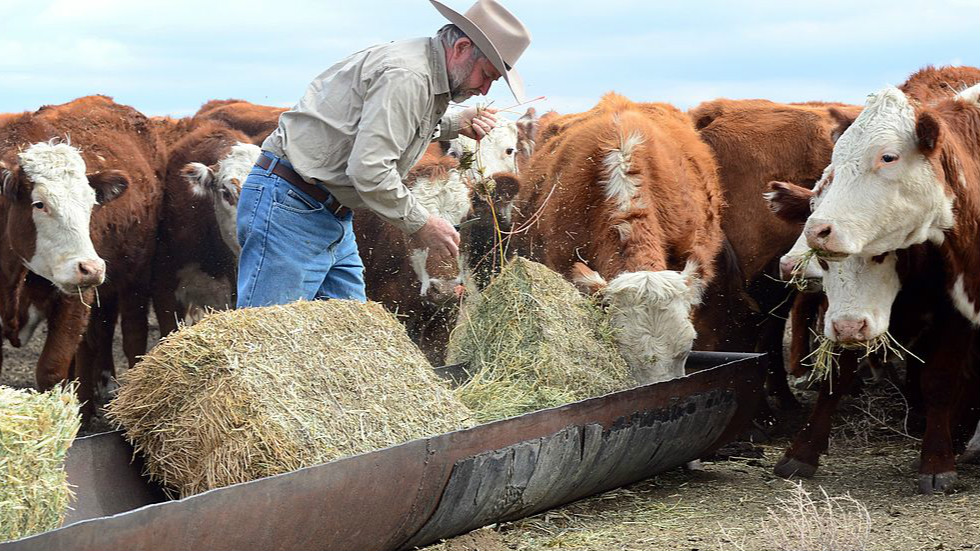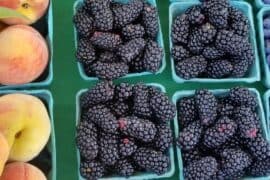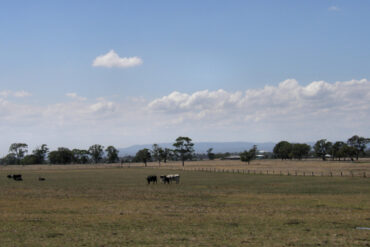Nurturing Grains of Wisdom: A Parent’s Guide to American Farmers and Ranchers
Unearth the secrets of the soil, discover the dance of the seasons, and share with your children the story of the food on their plates!
Welcome to the Pastoral Symphony of America!
Hey there, awesome parents! Are you ready to take a wonderful journey through the amber waves of grain and past the purple mountain majesties? It’s more than just a voyage across the countryside; it’s an exploration of the heart and soul of America: our farming and ranching communities.
The story of America’s farmers and ranchers is rich with history, innovation, and hard work. In this guide, we’re going to amble down the country lanes, peek over the fences, and introduce you and your little ones to the marvelous world where our food begins its journey to our tables.
A Harvest of Knowledge Awaits
Let’s saddle up and get ready to harvest a wealth of knowledge. From the dawn of the plow to the cutting-edge technology of today, American farmers and ranchers have been at the forefront of providing sustenance while caring for the land. It’s vital for our children to understand this connection to their community and environment, all while gaining respect for the toil and triumph of these agricultural heroes.
What It Means To Be a Farmer
Have your kids ever wondered where their food comes from? It’s pretty cool to think about! Every crunchy apple, juicy tomato, and glass of cold milk is courtesy of a farmer’s love and dedication. Farming is not just a job; it’s a way of life, where families work generation after generation to bring wholesome produce to our homes.
Farmers are scientists, caretakers, and artists, blending ancient practices with new technologies to grow and raise food. Whether it’s a vast spread of wheat or a small organic farm, they all play a part in the great tapestry of American agriculture.
The Backbone of Ranching Traditions
When we speak of cowboys and the Old West, we’re digging into the roots of American ranching culture. However, today’s ranchers are not just about wrangling cattle; they’re environmental stewards who respect the land and its creatures. Cattle ranches, sheep farms, and other livestock operations are integral threads in the fabric of rural life, providing not just meat but also inherently promoting biodiversity and sustainable land management.
From Farm to Fork – The Process
It’s a magical process, really! The journey our food takes is quite an adventure. It starts with planting a seed or breeding livestock and ends with a mosaic of meals on our plates. But there’s so much in between – the nurturing, the feeding, the harvesting, and finally, the delivery to markets and stores. Each step is filled with stories of innovation, resilience, and often, a touch of serendipity. This is the story we can’t wait to tell, and trust us, your kiddos are going to be fascinated!
Join Us As We Delve Deeper
So, dear parents, join us as we delve into the riveting world of our food producers. Let’s equip our children with the knowledge and appreciation for those who are feeding our nation. In the following sections, we will take a closer look at the day-to-day life of farmers and ranchers, explore the challenges they face, and learn how they are shaping the future for all of us.
Get ready for an engaging and eye-opening experience that will not only teach valuable life lessons about hard work and dedication but will also inspire respect for nature and those who nurture it. Let’s get those boots muddy and our hands a little dirty as we join American farmers and ranchers in their daily dance with the land!

Nurturing Grains of Wisdom: A Parent’s Guide to American Farmers and Ranchers
Unearth the secrets of the soil, discover the dance of the seasons, and share with your children the story of the food on their plates!
Five Things Parents Should Know About American Farmers and Ranchers
Before we dive into the daily lives and challenges of American farmers and ranchers, there are a few important things to understand that can enrich this educational experience for you and your children:
1. The Diversity of Crops and Animals
The United States is home to a wide array of climates and terrains, making it possible for an incredibly diverse range of crops and livestock to grow and thrive. From sprawling citrus groves in Florida to the soybean fields in the Midwest, and from the dairy farms in Wisconsin to the cattle ranches in Texas, the agricultural landscape of America is as varied as it is vast.
2. The Innovation in Agriculture
American farms and ranches are often at the cutting edge of technology. GPS-guided tractors, automated feeding systems, and drone surveillance are just a few examples of how farming has embraced technology to increase efficiency and productivity while reducing environmental impact.
3. The Connectivity to Local and Global Markets
America’s agriculture isn’t just locally significant. Products from our farms and ranches reach markets all over the world. Understanding global trade and the exportation of goods can be an eye-opener for children on how interconnected our world is.
4. The Environmental Stewardship
Modern American farmers and ranchers are not just food producers; they are caretakers of the land. Many incorporate sustainable practices, such as crop rotation, conservation tillage, and managed grazing to preserve the land for future generations.
5. The Resilience and Risk Management
Working the land comes with a unique set of challenges like weather uncertainties, fluctuating markets, and the constant need for problem-solving. Farmers and ranchers are the ultimate risk managers, always ready to adapt and persevere through adversity.
Embarking on the Agrarian Adventure
Now that we’ve planted the seeds of understanding, let’s delve into exploring the day-to-day realities and the incredible journey from farm to fork. Remember, as we walk through this guide, there’s an opportunity for discovery around every barn corner!
For example, did you know that milking cows can be a round-the-clock operation? Or that a combine harvester can process enough wheat in a day to make approximately 70,000 loaves of bread? These are the types of fun facts and powerful insights that await.
Likewise, understanding that every steak, pork chop, and chicken wing was once a part of an animal raised by people who dedicate their lives to providing this sustenance can instill a deeper sense of gratitude in our children.
Conclusion
By visiting local farms, attending agricultural fairs, and even trying some gardening at home, we can all foster a connection to the origins of our food. In the pages that follow, we will share activities, recipes, and stories that celebrate our agrarian heritage and the future of farming and ranching in America.
Witnessing the cycle of life on a farm, from seed to harvest or calf to cow, provides a profound education that can’t be replicated in a classroom. It’s an education that nurtures respect for those who feed us, responsibility in our consumption choices, and an enduring wonder at the natural cycles that sustain life.
For more great articles please see here. For more information see here
Disclaimer
The articles available via our website provide general information only and we strongly urge readers to exercise caution and conduct their own thorough research and fact-checking. The information presented should not be taken as absolute truth, and, to the maximum extent permitted by law, we will not be held liable for any inaccuracies or errors in the content. It is essential for individuals to independently verify and validate the information before making any decisions or taking any actions based on the articles.




